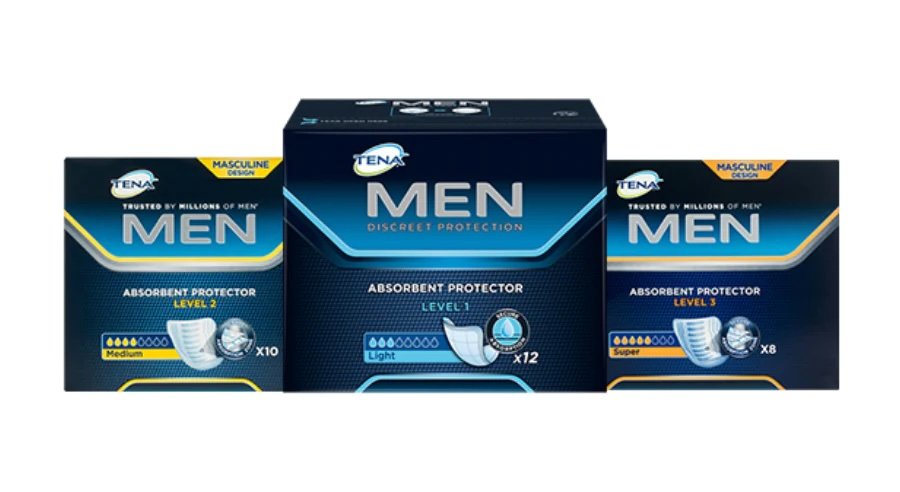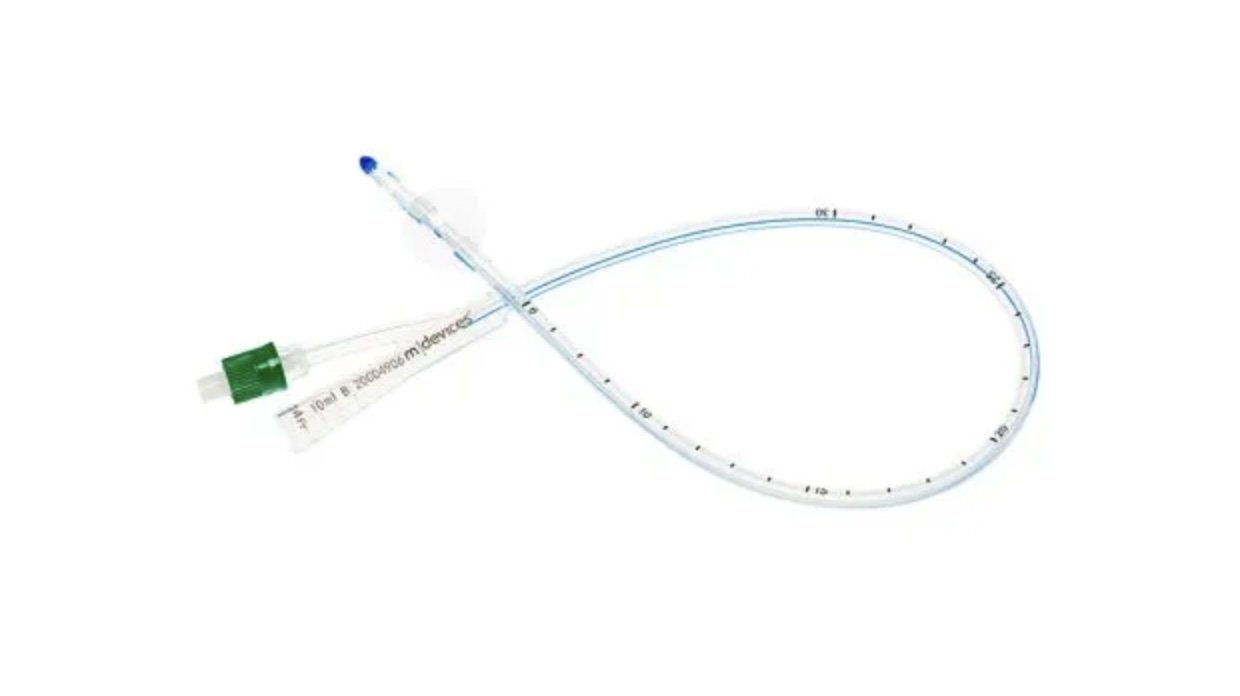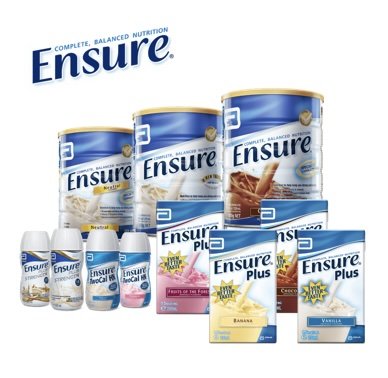A study among independent people over 60 with uncomplicated urinary incontinence revealed that only 15% of men wore incontinence products compared to 87% of women. We can only imagine that a key barrier for men is psychological.
On average, females start using pads monthly from the age of 12 and continue to do so for 40 years, so it’s no wonder that they’re familiar with the benefits. However, the association with menstruation and femininity could be at the root of why men feel uncomfortable with incontinence products.
It may also be of interest to know that period products and incontinence products aren’t the same.
Simply thinking of incontinence pads as products to manage a condition, rather than having any gender association, may be helpful in overcoming this bias.
Myths – busted
If your unfamiliar with male incontinence pads, which are called ‘incontinence guards’, you may have some of these preconceived ideas that aren’t true.
- The products are bulky. Incontinence guards contain pulp and a product called Super Absorbent Polymers (SAP). These are tiny, grain-like beads that when dry, look and feel a bit like white sand. Pulp can hold up to 20 times its weight in liquids, but SAP can hold up to an incredible 300 times its weight, depending on the type of fluid being absorbed. SAP allows incontinence pads to be much thinner than using pulp alone.
- Everyone will notice them. Again, thanks to SAP and thoughtful design, incontinence guards are very discreet. Can you recall ever noticing one? To be assured, request a FREE sample and try it on at home under your regular clothes. Check it out in the mirror from every angle and prove to yourself how discreet they are.
- The products are designed for women. Not true. The TENA for Men range of products include protection that has been anatomically designed for men, resembling the classic cricket box.
- Guards will be uncomfortable. TENA guards all have a soft, breathable top-sheet (that’s the top layer on the side that has contact with your skin) for maximum comfort. There are even Men’s Incontinence Pants, made with soft, stretchy fabric that looks and feels more like regular underwear. It is true that when you first start using disposable protection, you will be aware that it’s there, but like new shoes, you’ll quickly become accustomed and no longer notice.
- Wearing protection will make you smelly. The opposite is true. TENA incontinence pads all contain a particular type of SAP that creates a slightly acidic pH, preventing the development of odour-causing bacteria. You can read about that here.
How do I know which incontinence product is right for me?
To determine the best product, consider:
- How much leakage do you need to manage? Is it just a dribble or a full bladder?
- What’s most comfortable for you? Try a few different options and see what you prefer.
- What’s best for the occasion? For example, you may use disposable guards during the day but prefer an external catheter overnight. If it’s a social event or you’re travelling, absorbent pants are a secure and discreet option.
If you need help selecting a product, use the TENA Product Finder Tool which will step you through a series of questions to determine the most appropriate option. You can then order a free sample, which will be sent out in unbranded packaging.
You may also want to read on the difference between TENA Shields and TENA Guards
There are also other incontinence products for men, including drainage condoms, penile sheaths and external catheters. You can read more about these here.
Tips for using incontinence Pads - TENA guards correctly
1. The right underwear. If you’re using a TENA Shield or TENA Guard that affixes to the inside of your underwear, it needs to be firm fitting. A trunk or jockey-style brief is ideal. Boxer shorts are not suitable as they don’t hold the product closely to the body for a secure and discreet fit.
2. Take care with placement. Make sure the guard is positioned correctly to ensure that its comfortable as well as reducing the chance of leakage. Read the instructions and use the adhesives that attach to the inside of your underwear for a secure fit.
3. Changing your guard. There are no strict rules about when to change your product, but at least twice during the day is best. Indications that it’s time to change include sensing that the guard is getting ‘full’ and approaching maximum capacity or if you want to freshen up. It’ll also depend on what type of incontinence you have. For example, after dribble when a few drops are lost, probably wouldn’t require an immediate change, but Functional Incontinence which could result in the entire bladder emptying, would. Once you start using products, you’ll quickly work out a schedule that suits you and your condition.
4. Disposing of guards. Used guards and pants can be rolled up’ and placed directly into the bin. If there is any solid faecal matter, dispose of that into the toilet first. You may wish to put used protection in an opaque plastic bag for greater discretion if you’re out and about. And NEVER attempt to flush an incontinence product down the toilet – it will block the drain.
How Can Superior Health Care Help?
Superior Health Care has a wide range of incontinence pads for men available on our online store. Many of these products are covered under NDIS. Some of the products that Superior Health Care keeps include:
As a registered NDIS provider, Superior Health Care can assist in coordinating the supply of these products. To find out more, call 1800 87 87 22 or email ndis@superiorhealthcare.com.au. Alternatively, leave your contact details on the enquiry form on our site.






